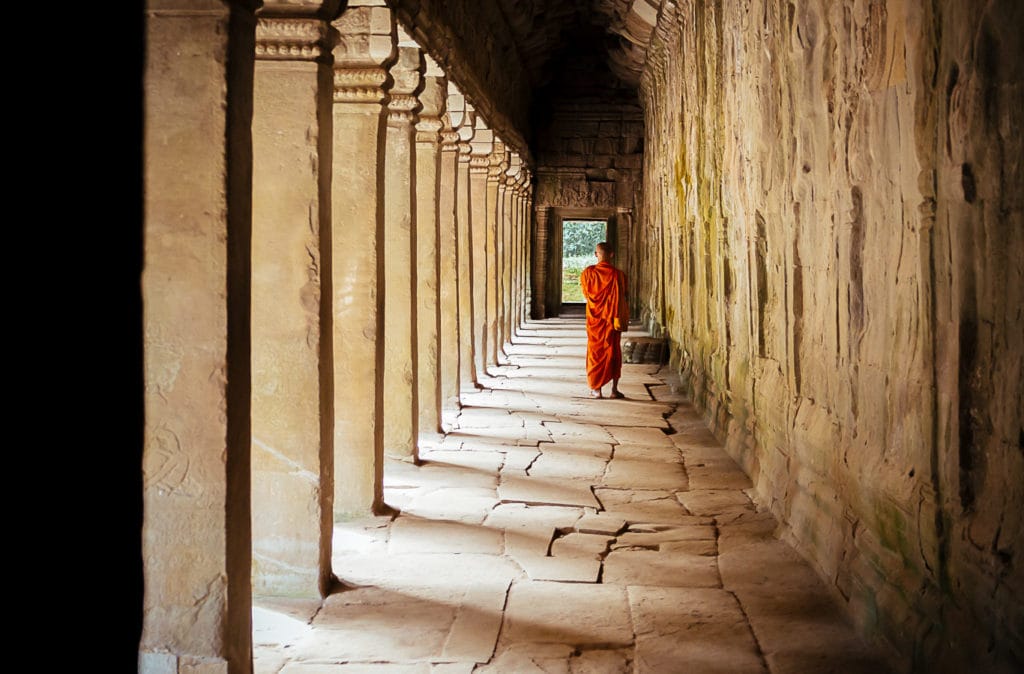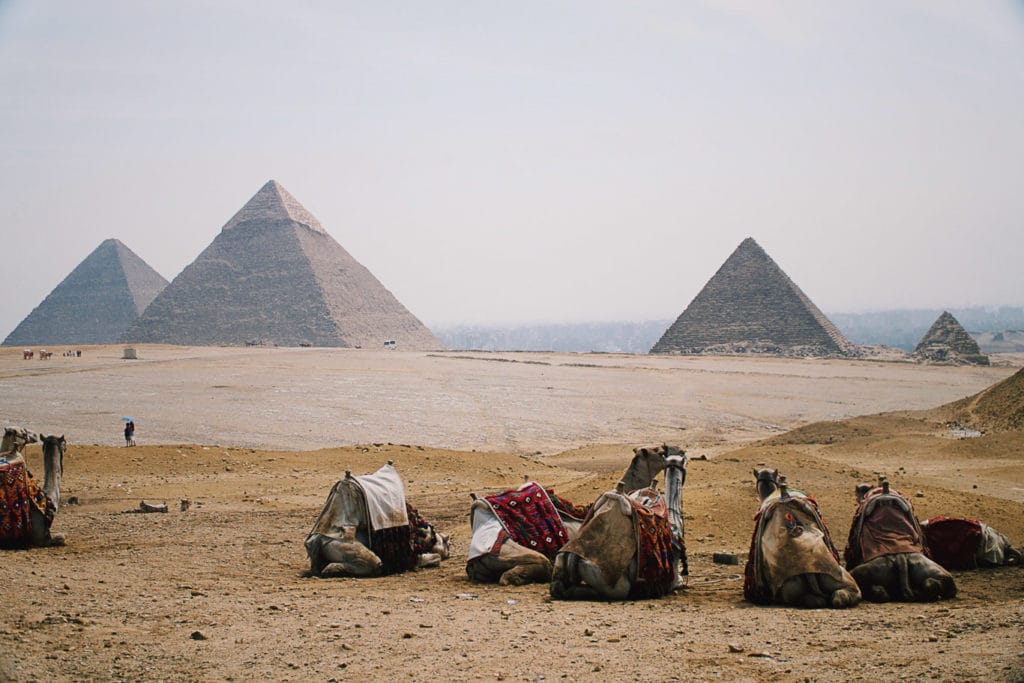African Anthropology Tour
Trip Abroad to Study Anthropology in Ethiopia
ADD AN IMPACT!
is suffering a massive water crisis. Many are unable to access clean water and have to go without. During your trip abroad, consider installing a purification system in a community. You can also volunteer to help build a well to supply a community.
The Worldwide Navigators Difference


Sojourn – Gain a better understanding of the community you’re visiting. Learn about different religions or spiritual practices. How do these impact the communities? How does religion or spirituality influence local traditions?
1 of 1

Savor – Will you choose sweet or savory? Take the time to visit local markets and discover unique local ingredients. Learn how to prepare traditional meals & local favorites.
1 of 1

Tip of the Tongue – Each morning, take the time to learn a few basic greetings and phrases in the local language. Learn how to write greetings & your name in the local script.
1 of 1

A Wrinkle in Time – History influences our present. Discover the history of the country you visit. Hear the stories of your guides & their family history. Where do they come from?
1 of 1

Journal Journeys – Take some time to reflect on the day’s events and document your journey. Spend a moment journaling about the day had & day ahead. These are memories for a lifetime!
1 of 1

Culture – From local dances, festivals, or simple gestures to communicate – all of these make up a country’s culture. Learn and practice cultural norms & how to show respect in the culture you visit.
1 of 1Itinerary
Ethiopia is often called “The Cradle of Civilization.” You’ve embarked on a journey to the land of the first people of Earth. Your first destination will be Addis Ababa, the capital of Ethiopia. Take some time to relax and unwind, and get acquainted with your surroundings. Have dinner at a local restaurant to take your first bite of Ethiopia.
You’ll start the day meeting the famous Lucy in the National Museum of Ethiopia. This 3.2-million-year-old fossil is known in Ethiopia as Dinkinesh, Amharic for “you are marvelous.” From here, you’ll reach Entoto Maryam Church, the site of Addis’ original founding by Emperor Menelik II. Built on top of the highest mountain, the church has been around since 1877 and is the resting place of Empress Taitu, the Emperor’s wife. Also visit the museum next door, which houses some of the Emperor’s things such as furniture, crowns, and clothing.
Today begins at the ruins of the Palace of the Queen of Sheba. Known to the locals as Dungur, the original palace was built between the 4th and 6th centuries A.D. and was once the location of Axum’s capital. All that remains today are the lowest levels, but you can easily imagine it in its former glory. While you’re here, visit Queen of Sheba’s Bath, an ancient water reservoir. The Mai Shum or “chief’s water” is still used today for Timkat celebrations.
Next, you’ll visit Ethiopia’s Rosetta Stone: the Ezana Stone, which was built in honor of King Ezana and his conquest and Christian conversion. Wrap up your day with a visit to the Yeha village, once the area’s most important city and home to a temple dating from 700 B.C. En route, stop by the hills of Adwa, where Ethiopian troops stopped an Italian invasion in 1896.
Before visiting the lake, make a stop at the main market. Learn more about the culture and flavors of Ethiopia as you bargain your way through. From the market, you’ll stroll down to the Lake Tana. This is the largest lake in Ethiopia. Originally formed by volcanic activity, it’s been around since the early Pleistocene Age. Take time to visit some of the islands around the lake or see some of the ancient churches or monasteries.
Enjoy a relaxing stroll around the Ethiopian countryside before reaching the Blue Nile Falls, known locally as Tis Abey, or “the water that smokes.” Talk a walk along the suspension bridge and simply enjoy the beauty of nature.
Your Gondar trip begins in the World Heritage Site of the Castle Compound, which was built in the 17th century. Learn about the history of Ethiopia back when Gondar was its capital. Believe it or not, this castle, built by long-ago emperors, was known as a “camp.” See the castle’s twelve gates and the Gimjabet Mariyam church.
Next, stop by the Debre Birhan Selassie Church. Known for its wall paintings and architecture, take time to learn about the artifacts housed in the church. The church’s name actually means “trinity and mountain of light.” The church has been around since the 17th century and it’s a religious site known for an appearance of the light of god during the Middle Ages.
Today, you’ll actually get to hike up a UNESCO World Heritage Site: the Simien Mountains! These unique mountains are home to plenty of wildlife, and are also home to one of the few spots in Africa that receives any snow. Aside from the mountains, take time to truly enjoy the national park. There’s plenty of greenery to see and even rare species. This park has been in existence since 1969.
You’ve reached Ethiopia’s holiest city. Known as the capital back in the 12th and 13th centuries, Lalibela has a myriad of churches dating back to this time just waiting to be explored. One of the most famous churches in the area is the Church of Saint George, which was built out of volcanic tuff. Fun fact: it’s often referred to as the Eighth Wonder of the World given its attempt to re-create Jerusalem.
Another obligatory stop is the Biete Medhane Alem church. The underground church is also a UNESCO World Heritage Site, and is home to the Lalibela Cross, a processional cross and Ethiopia’s most precious historical heirloom. The cross dates back to the 12th century and was actually stolen back in 1997; however, it made its way back home by 2001.
Take time today to do your impact project. Join a community leader or organization by aiding in building a well or installing a water purification system. Alternatively, donating the system or the materials for the well would also be a great way to help a community get the clean water they so desperately need. Now pack your bags and head back home from the ancient Cradle of Civilization.
This is the ultimate trip abroad! When you visit Ethiopia, you visit the start of human life as we know it. This nine-day tour will take you around Ethiopia and show you some of the most important and historically relevant sites to the history of Africa and the world. From Lucy to religious sites and UNESCO World Heritage Sites, this trip will let you delve into the roots of humanity.
Value
3-6 Day
Group Trips
- Airfare
- Transportation
- 2.5 - 3-Star Accommodations
- Daily Activities & Excursions
- 2 Meals Per Day
- Tours & Entrance Fees
- Daytime & Self-Guided Tour Director
- 1 Impact Project
Classic
7-12 Day
Group Trips
- Airfare
- Transportation
- 2.5 - 3-Star Accommodations
- Daily Activities & Excursions
- 2 Meals Per Day
- Tours & Entrance Fees
- Daytime Guided Tour Director
- Up to 2 Impact Projects
Epic
7-14 Day
Group Trips
- Airfare
- Transportation
- 3.5 - 4-Star Accommodations
- Daily Activities & Excursions
- 2 Meals Per Day
- Tours & Entrance Fees
- 24/7 Guided Tour Director
- Up to 3 Impact Projects
- Final Night Celebration Dinner
Interested in adding or modifying activities? No problem! All Worldwide Navigator itineraries can be customized to your liking!
In collaboration with our partners


